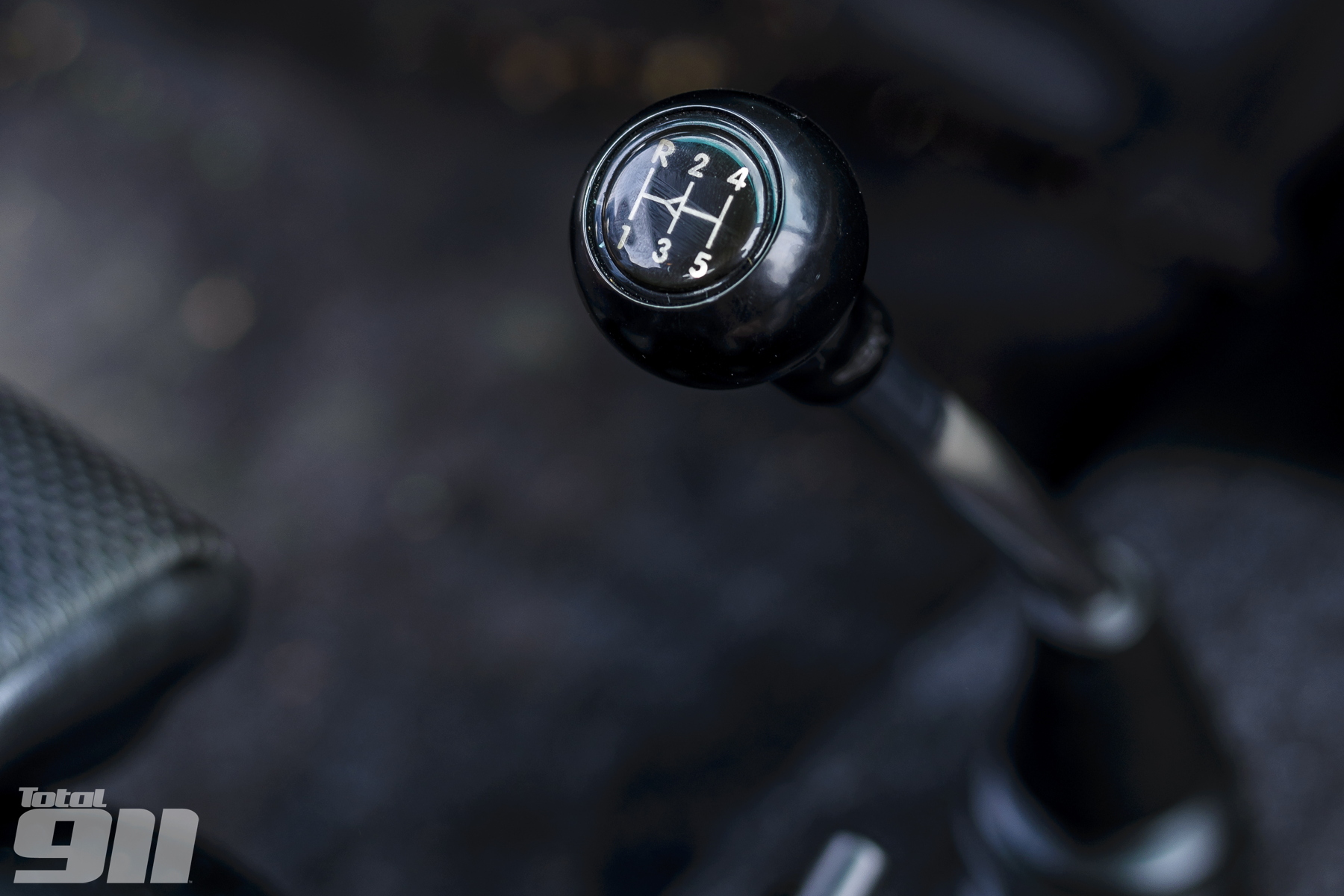Manual gearbox: A Porsche 911 history
Despite PDK’s current dominance in the new Porsche 911 market, Zuffenhausen’s seminal sports car has a long and glorious history of manual gearboxes, dating all the way back to the 911’s inception in 1963.
Up until 1972, the Porsche 911 (in its various guises) came with a dogleg transmission, where first gear sat on its own at the bottom-left of the shift gate. The unusual layout was due to the original five-speed 901/1 unit also being utilised in the 904/906 race cars, where first gear wouldn’t be used once on the move.
Until the arrival of the Porsche 911T in 1968, the 911 exclusively used a five-speed gearbox. However, the entry level ‘T’ used a four-speed 901/03 shifter, while the 911L and 911S shared the five-speed 901/50 gearbox.

The C and D Series of 911 moved to the 911/01 gearbox for 1970 and 1971 (where the dogleg first remained) until the arrival of the famous 915 transmission in 1972, alongside the 2.4-litre era of Porsche 911.
Renowned for its propensity to baulk when cold, the 915 gearbox (where reverse was below fifth on the H-gate) survived on naturally aspirated Porsche 911s until the 1987 model year when it was finally replaced for the last three years of Porsche 911 3.2 Carrera production.
During that time, the 915 would see several revisions. Starting life as the 915/03, it would exit the scene with 915/72 stamped into its casing. In four-speed form, the gearbox also saw action in the Porsche 911 Turbo, although in this application is gained the 930 nomenclature.

Succeeding the 915 was the job of the even more famous G50/00 gearbox (where reverse moved to the left-and-up of first). The five-speed unit was a revelation, although it would see action on the Porsche 930 until 1989, when in G50/50 guise it was finally deemed strong enough for the Turbo’s torque output.
With the arrival of the Porsche 964 Carrera 4 in 1989, the G50 was revised to cope with the four-wheel drive system, resulting in the G64/00 gearbox. A year later, the 964 Carrera 2 would debut with the G50/03 five-speed, featuring a slicker, shorter shift action.
The G50’s success saw it hardly reworked during the 964 era, with Cup and RS versions gaining the G50/10 unit and 911 Turbos fitted with the strengthened G50/52 shifter, all featuring five forward gears.

A six-speed gearbox was first seen on the Porsche 993 Carrera, where the venerable G50 was fettled to fit an extra ratio: the G50/21. The G64 labelling survived for Carrera 4 variants as well as the newly four-wheel drive 993 Turbo.
Into the Porsche 996 era, six ratios remained the norm, however a new gearbox was required to fit the water-cooled M96 engine, with all manual shifters starting with the G96 denomination.
A similar naming trend was seen during the Porsche 997’s tenure, with both Gen1 and Gen2 versions fitted with the G97 strain of manual gearboxes. This was eventually ended with the current 991 generation as a seven-speed manual, utilising the PDK’s casing, was introduced with the codename MT11.


Comments (1)